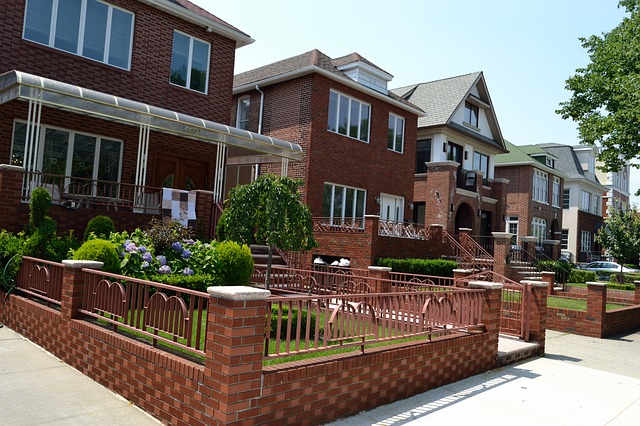Introduction
When purchasing a new refrigerator, one of the most common questions that arises is how long it takes for the appliance to get cold. Understanding the cooling process and the factors that influence it can help set proper expectations and ensure optimal performance. In this article, we will delve into the topic and explore the various factors that determine how long it takes for a new refrigerator to get cold.
The Cooling Process
To understand how long it takes for a new refrigerator to get cold, it is important to grasp the basic cooling process. Refrigerators work by removing heat from the interior compartment and expelling it to the surrounding environment. This process involves a refrigerant, compressor, condenser, and evaporator working together to regulate the temperature inside the refrigerator.
When a new refrigerator is first plugged in, it takes some time for the internal components to reach the desired temperature. The cooling process can be influenced by several factors, including the size and type of refrigerator, ambient room temperature, and the initial temperature of the food or beverages being placed inside.
Factors Affecting Cooling Time
Size and Type of Refrigerator: The size and type of refrigerator can impact the cooling time. Larger refrigerators may take longer to cool down compared to smaller ones due to the larger volume of air and the amount of food or beverages that need to be cooled. Additionally, the type of refrigerator, such as a side-by-side, top freezer, or bottom freezer, can also affect the cooling time.
Ambient Room Temperature: The ambient room temperature plays a significant role in how long it takes for a new refrigerator to get cold. If the room temperature is high, the refrigerator will need to work harder to remove heat from the interior, resulting in a longer cooling time. It is recommended to place the refrigerator in a well-ventilated area away from heat sources such as direct sunlight or appliances that generate heat.
Initial Temperature of Contents: The initial temperature of the food or beverages being placed inside the refrigerator can also impact the cooling time. If the items are already at room temperature, they will cool down faster compared to items that are warm or hot. It is advisable to allow hot items to cool down to room temperature before placing them in the refrigerator to optimize cooling efficiency.
Expected Cooling Time
While the cooling time can vary depending on the aforementioned factors, it is generally recommended to allow a new refrigerator to cool for approximately 24 hours before fully stocking it with food and beverages. This allows the internal components to stabilize and reach the desired temperature. During this initial period, it is normal for the refrigerator to run continuously as it works to cool down the interior.
It is important to note that modern refrigerators are designed to cool down relatively quickly, and significant improvements have been made in recent years to enhance cooling efficiency. However, it is still advisable to follow the manufacturer’s guidelines and recommendations for optimal performance.
Conclusion
In conclusion, the time it takes for a new refrigerator to get cold can vary depending on several factors, including the size and type of refrigerator, ambient room temperature, and the initial temperature of the contents. While it is generally recommended to allow 24 hours for the refrigerator to cool down, it is essential to follow the manufacturer’s guidelines for specific models. By understanding the cooling process and considering these factors, users can ensure optimal performance and efficiency from their new refrigerator.
References
– www.consumerreports.org
– www.energy.gov
– www.kitchenaid.com












